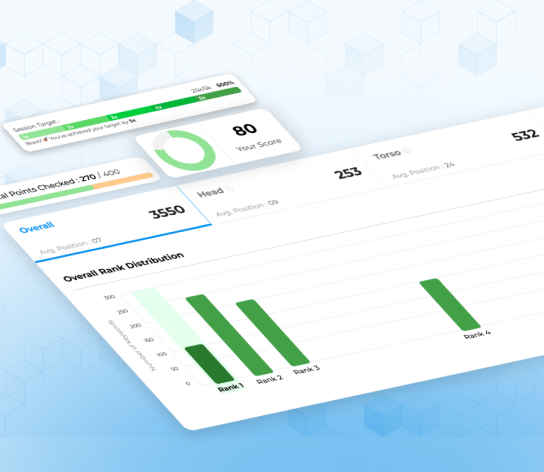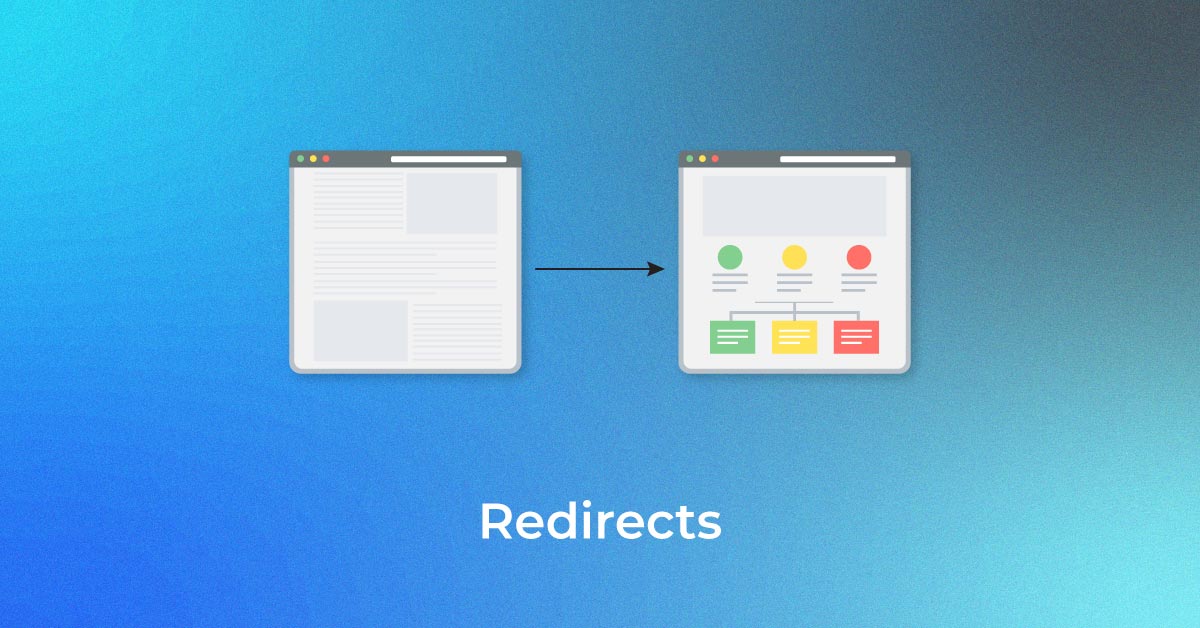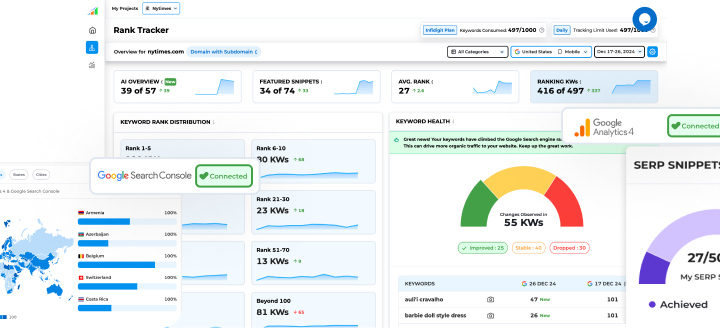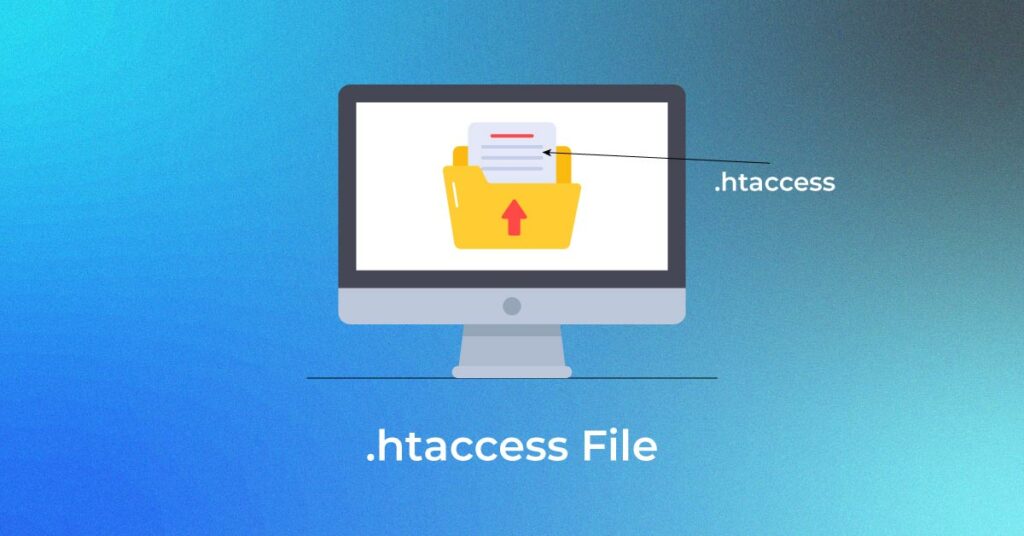|
Getting your Trinity Audio player ready...
|
The .htaccess file is a powerful configuration tool for web servers running the Apache Web Server software. It plays a crucial role in website management and SEO, offering a wide range of functionalities, from redirects and custom error pages to security enhancements. Understanding how to use the .htaccess file effectively can significantly impact your site’s performance and search engine ranking.
What is a .htaccess File?
The .htaccess file, short for “Hypertext Access,” is a directory-level configuration file that allows for decentralized management of web server configurations. This file is used to alter the configuration of the Apache Web Server to enable/disable additional functionalities and features that the Apache Web Server software has to offer.
Common Uses of .htaccess Files
.htaccess files are versatile, with common uses including:
Redirect URLs: Seamlessly guide visitors from outdated URLs to the current pages.
Custom 404 Page: Improve user experience by creating a helpful 404 error page.
Force HTTPS: Enhance security by redirecting users from HTTP to HTTPS.
Access Control: Restrict or allow access to your site for specific IP addresses.
How to Use a .htaccess File
Using a .htaccess file involves creating or editing the file in a text editor and uploading it to your server’s root directory or the specific directory you wish to configure. The changes are applied immediately upon saving, making it a powerful tool for rapid site adjustments.
Reasons to Avoid Using .htaccess
Despite its utility, there are scenarios where using .htaccess might not be ideal due to performance concerns. Since the server checks for this file every time a request is made, it can slow down the server, especially for high-traffic sites.
When to Use .htaccess File Alternatives
It’s often better to make changes directly in the main server configuration file for global server configurations or high-performance sites. This approach requires server restarts but is more efficient for processing requests.

Redirect URLs
Redirects are essential for maintaining SEO value after changing site structure, ensuring users and search engines are directed to the correct pages.
How to Redirect URLs Using .htaccess
To redirect URLs via .htaccess, use the Redirect directive:
“Redirect 301 /oldpage.html /newpage.html”
This command tells the server to redirect traffic from “oldpage.html” to “newpage.html” permanently.
Other Ways to Redirect URLs
For platforms like WordPress, plugins can manage redirects without directly editing .htaccess files, offering a user-friendly interface.

Custom 404 Page
A well-designed 404 page can improve user experience by providing options to navigate back to relevant sections of your site, reducing bounce rates.
How to Create a Custom 404 Page Using .htaccess
Creating a custom 404 page involves two steps:
Design a 404 page and save it as 404.html.
Use the .htaccess file to direct traffic to it:
“ErrorDocument 404 /404.html”
Other Ways to Create a Custom 404 Page
Content Management Systems (CMS) often have built-in options to create and manage custom 404 pages through the admin dashboard.
Force HTTPS instead of HTTP
Forcing HTTPS is crucial for security and SEO, as search engines favor secure sites. The .htaccess file makes implementing this redirect straightforward.
How to Use HTTPS instead of HTTP Using .htaccess
To force HTTPS, add the following to your .htaccess file:
“RewriteEngine On
RewriteCond %{HTTPS} off
RewriteRule ^(.*)$ https://%{HTTP_HOST}%{REQUEST_URI} [L,R=301]”
Other Ways to Use HTTPS instead of HTTP
Most hosting providers offer an option in their control panel to force HTTPS site-wide, simplifying the process.
Allow or Deny Specific IP Addresses Access to Your Website
This feature is particularly useful for blocking malicious traffic or ensuring that only certain users can access specific areas of your site.
Managing access via .htaccess allows for precise control over who can or cannot access your site. For example, to deny access to a specific IP:
“Deny from 192.168.1.1”
Other Ways to Manage IP Addresses
Firewalls and security plugins for various CMS platforms can also manage access based on IP addresses, often with a more intuitive interface.
What is the .htaccess File for SEO?
The .htaccess file is instrumental in SEO for several reasons:
Redirects: It ensures that users and search engines are directed to the correct pages, preserving SEO value.
Custom Error Pages: Helps maintain a good user experience, which is a factor in search engine rankings.
Forcing HTTPS: Search engines favor secure sites, making HTTPS a ranking factor.
Key Takeaways
The .htaccess file is a powerful tool for website management and SEO.
It offers functionalities ranging from redirects and custom error pages to security enhancements.
Proper use of the .htaccess file can significantly impact site performance and search engine rankings.
However, it’s important to use it judiciously to avoid potential performance issues.
Popular Searches
How useful was this post?
5 / 5. 1

















